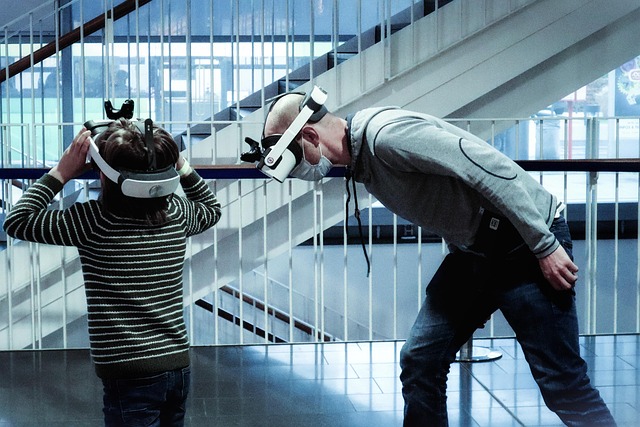
Exploring the Future of Software Integration with Virtual Reality, Augmented Reality, and Metaverse
Understanding the Landscape of Software Integration Through Emerging Technologies
In recent years, the buzz surrounding software integration has taken a revolutionary turn, largely fueled by advancements in technologies like Virtual Reality (VR), Augmented Reality (AR), and the ever-expanding Metaverse. These innovations have not only altered how we perceive digital interactions but also how we connect hardware and software frameworks in more immersive and engaging ways.
The Immersive Shift: Virtual Reality
Virtual Reality is more than just a tool for gaming; it’s an immersive environment where users can experience simulations that feel incredibly real. In the realm of software integration, VR opens up new doors for collaborative workspaces. Companies can create virtual offices where teams from different locations interact seamlessly. Your coworkers could feel closer than ever before, all within a digital landscape. Integrating VR into existing software applications can enhance presentations, training sessions, and product demonstrations, creating a more engaging user experience.
Enhancing Reality: Augmented Reality
On the other hand, Augmented Reality layers digital information onto the real world, transforming how people interact with their environment. Imagine a maintenance technician wearing AR glasses that provide real-time data overlaid on machinery, streamlining the troubleshooting process. This application of AR is a striking example of software integration that enhances operational efficiency. By combining AR with existing software ecosystems, organizations can provide practical solutions that improve productivity and reduce the risk of errors.
The Metaverse: A New Reality of Connections
The Metaverse, often considered the next frontier of digital interaction, encapsulates both VR and AR while offering a persistent online space where users can socialize, play, and work. Companies worldwide are eager to explore how software integration can facilitate seamless experiences in this multi-dimensional universe. From buying virtual land to attending business meetings or conferences within the Metaverse, the possibilities are vast. This digital economy is transforming traditional business models and driving the demand for integrated software solutions that can accommodate diverse interactions.
Bridging the Gap with Software Integration
As we delve deeper into these realms, the importance of robust software integration becomes crystal clear. It serves as the foundation for creating coherent and accessible user experiences across platforms. Whether through developing applications that support VR and AR or establishing systems that enable seamless transitions into the Metaverse, the fusion of these technologies is integral to future advancements. Businesses must invest in thoughtful software integration strategies that leverage VR and AR to enhance user engagement and streamline processes.
Through continued exploration and innovation, the convergence of software integration with VR, AR, and the Metaverse promises to redefine engagement and collaboration across industries. As we stand on the precipice of this technology-driven future, there’s a palpable sense of excitement about what lies ahead.



